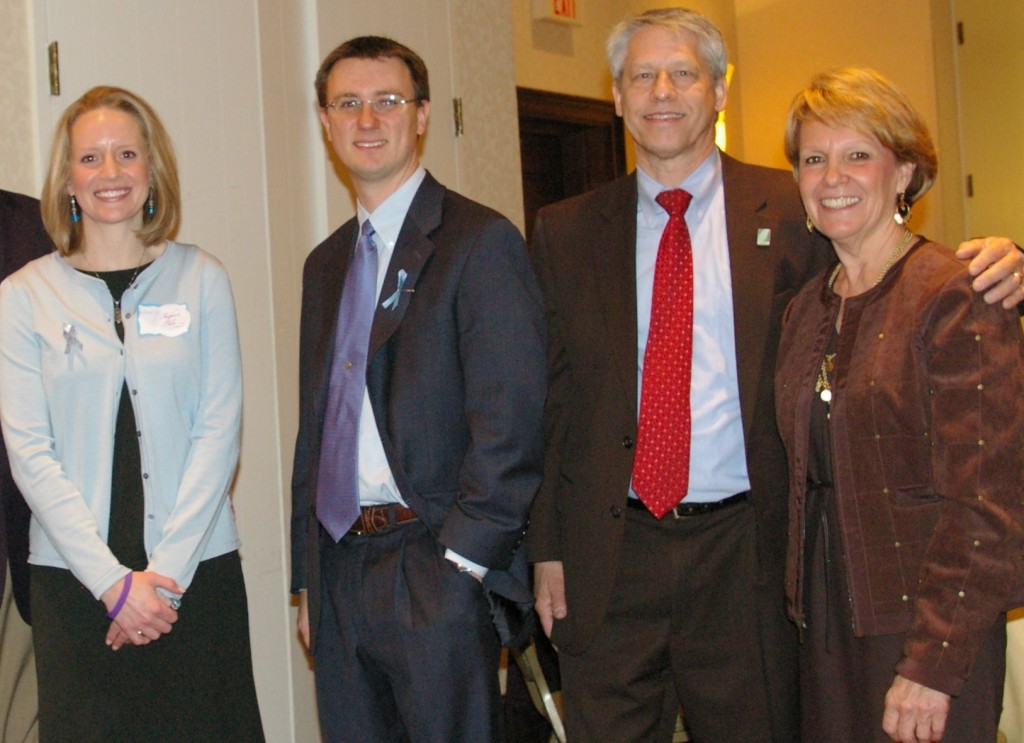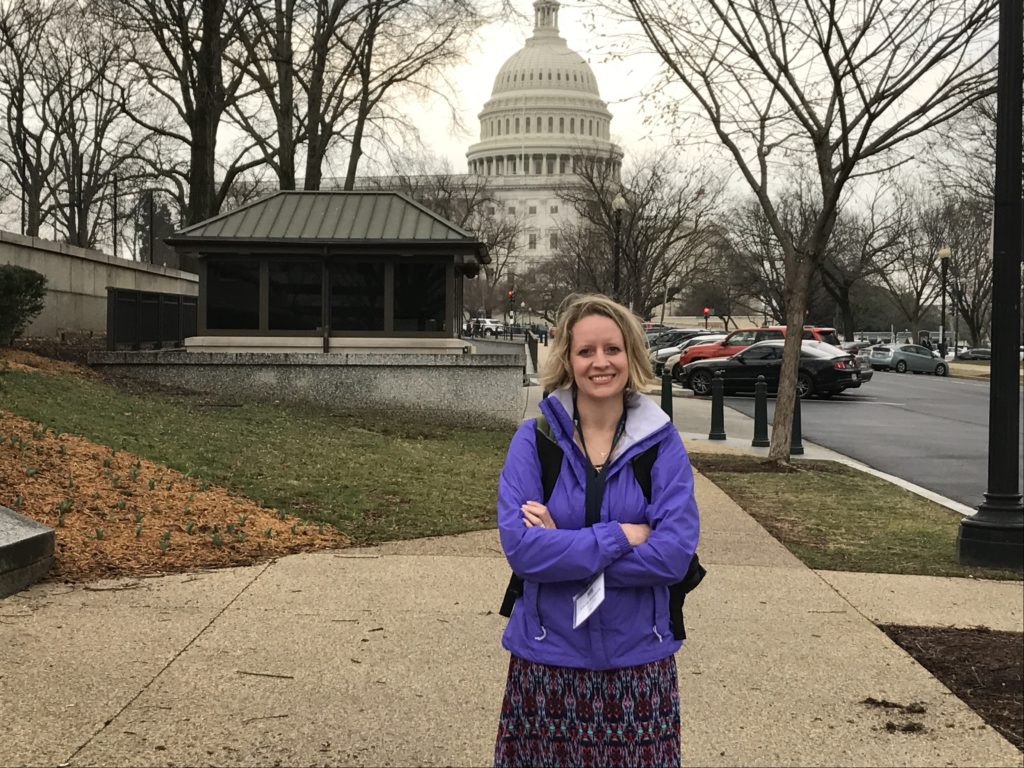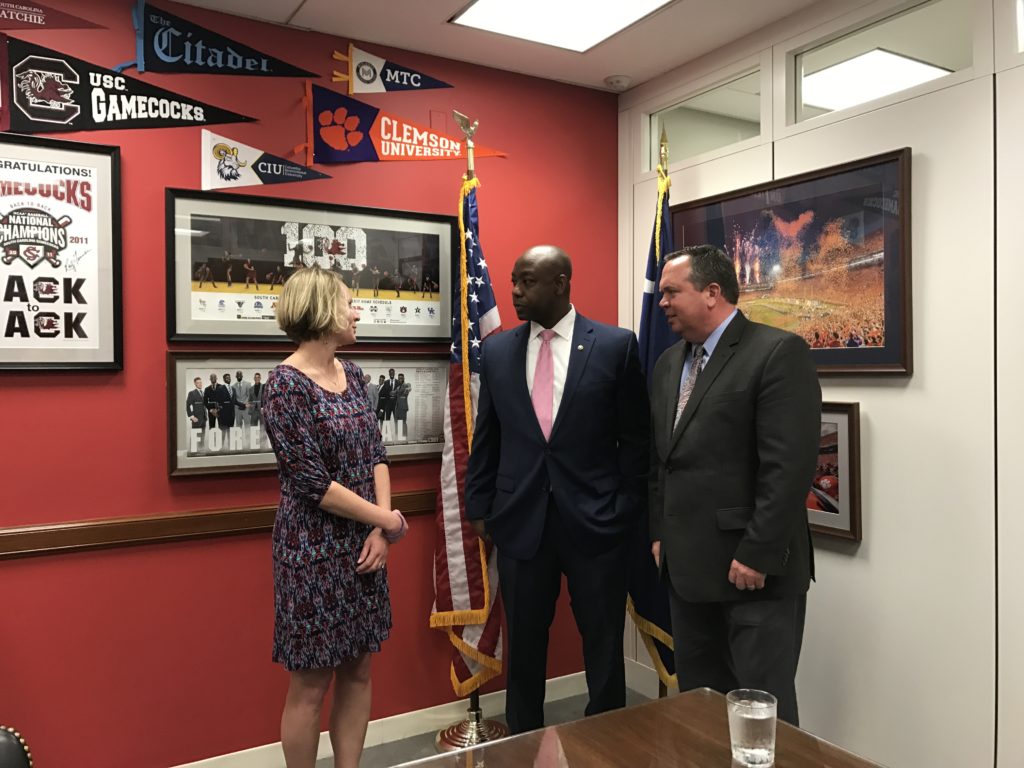I spent Rare Disease Week in Washington, getting to know other rare disease advocates while learning about legislative and regulatory issues and advocating for one in 10 Americans on Capitol Hill.
I had a great two days in our nation’s capital. But to really illustrate the meaning of those 48 hours, I have to start with the end of the story.
After landing at Reagan International Airport late Wednesday afternoon, Abeona Therapeutics Vice President of Patient Advocacy Michelle Berg waited for me at a bustling Starbucks.
Our meeting almost didn’t happen, but it was easily one of the most important on my trip to Washington. That’s because Abeona Therapeutics added an AAV-based CLN1 program to its clinical pipeline in September 2016. Those fancy acronyms simply mean Abeona took on the incredible work of my friend, Dr. Steve Gray, to make his novel gene therapy treatment available to patients with infantile Batten disease.
On Rare Disease Day four years ago, I introduced Steve Gray to a crowd of Taylor’s Tale supporters at a Charlotte hotel while my mom walked the halls on Capitol Hill. That morning, I told our friends Steve’s work would lead to a clinical trial for kids like Taylor in the not-too-distant future. In my heart I knew we were starting from square one, going to war against a monster disease on a shoestring budget.
But I hadn’t forgotten the 2011 night when Mom called me on the road driving home from a Batten disease workshop in Bethesda, Maryland. She couldn’t stop talking about meeting the junior investigator from the UNC lab just two hours from our home in Charlotte. I also hadn’t forgotten the 2012 day when Mom pulled together a group of funders for Steve’s work at a conference in London.
Even then, I knew deep down that we wouldn’t save my sister’s life. But I still wasn’t willing to accept an incurable disease without a fight. And I believed my own words at that Rare Disease Day breakfast, when I told a roomful of people we’d achieve our goal.
Abeona Therapeutics is committed to taking Steve’s revolutionary gene therapy treatment to patients who need it, but our work is far from over. At Taylor’s Tale, we understand that patient advocacy is more important than ever. And that’s where my time on the Hill – along with about 400 other advocates from all over the nation – was so crucial.
A couple of years ago, our friends at the Beyond Batten Disease Foundation produced a great video about the so-called Valley of Death that prevents many scientific discoveries from translating to meaningful treatments and cures for real people. Consider:
- Each year, approximately $1 billion is invested into medical research in the United States.
- That investment only produces about 20 to 25 FDA-approved medicines and therapies.
The truth is that most labs don’t have the resources to shepherd their work through the drug development pipeline – and regulatory roadblocks make the journey even more difficult. Just imagine: scientists like Steve Gray and others across the country develop potentially lifesaving treatments in their labs. They take meaningful treatments and cures to mice, sheep and pigs. They publish papers and earn recognition for themselves and their institutions. But often, their work doesn’t save a single human being. And people like Taylor continue to suffer and die.
That’s why, after an all-day legislative training session in Washington last week, I celebrated my birthday by advocating for the 30 million Americans with a rare disease in the halls of Congress. I attended meetings with Representative Joe Wilson, Senator Tim Scott and the office of Senator Lindsey Graham. I talked about the benefits of the OPEN ACT, bipartisan legislation that could double the number of rare disease treatments and should have been included in 2016’s landmark 21st Century Cures Act. And as I walked the halls and told our story, I couldn’t help but think that, in a time when our country is divided on so many levels, rare disease is one issue on which we should all be able to agree.
Taylor’s Tale is a story about love and hope. It’s a story about turning hope into reality. Sometimes I get dizzy thinking about all that has happened since my family and I shared our story publicly for the first time on a cold night 10 years ago. And it’s been hard watching my sister, who used to sing and dance, grow too sick to speak or walk.
But I can see the future, and it’s shining brightly.
If you have questions about Rare Disease Week, legislation relevant to rare disease patients or our work on their behalf, feel free to contact me.
Thanks to our friends at the EveryLife Foundation for Rare Diseases, which organizes Rare Disease Week on Capitol Hill and granted Taylor’s Tale a travel stipend that made it easier for me to attend and speak on behalf of millions of Americans in Washington.



